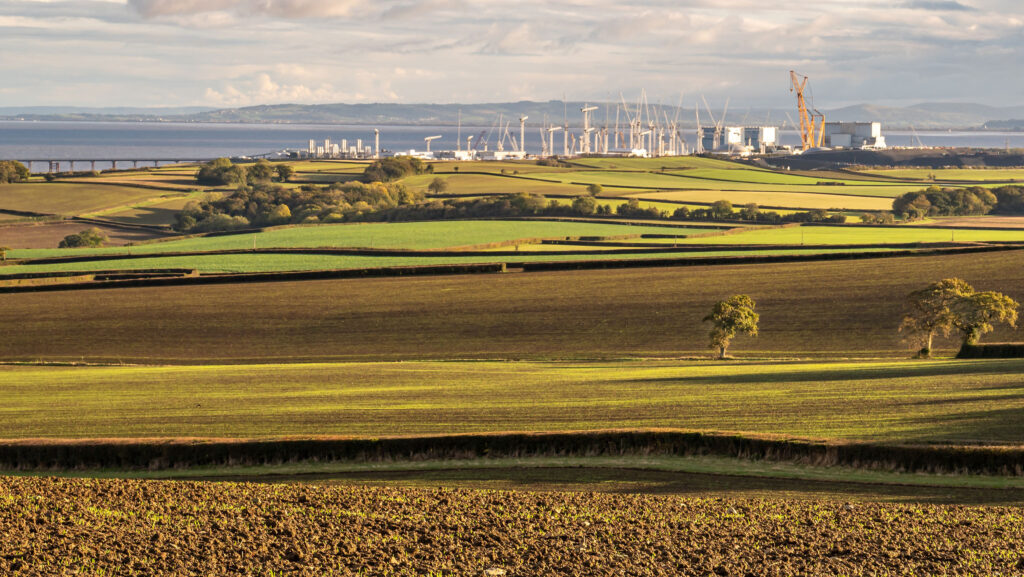Farmland threatened by Hinkley Point salt marsh plan
 © Adobe Stock
© Adobe Stock Farmers in North Somerset are voicing strong opposition to plans that would convert agricultural land into salt marsh to offset environmental impacts from the Hinkley Point C nuclear power station.
The proposal, which involves transforming 607ha of prime farmland into marshland, aims to compensate for the estimated 44t of mainly smaller fish expected to die each year due to the plant’s cooling systems.
But local farmers are expressing huge concerns about the potential loss of their livelihoods and homes if the plan goes ahead.
See also: Solar lease opportunities: What to consider
According to Kingston Seymour Parish Council, some landowners have been given statutory notice that environmental surveys are going to be taking place on their land with very little explanation.
Young farmer Sophie Cole, a third generation farmer in Kingston Seymour, told Somerset Live that no amount of compensation could replace the loss of her farm.
Other farmers, like Peter and Karen Stuckey, said that their thriving business, which provides local employment and housing, would be irreparably damaged.
Labour’s North Somerset MP Sadik Al-Hassan said his farming constituents are concerned about the “heavy handedness” of EDF “threatening farms going back generations with compulsory purchase orders.
EDF argues that the creation of “natural” salt marshes is necessary for environmental improvements, claiming they would enhance fish breeding habitats and offer flood protection.
But while EDF maintains that the impact on fish populations would be “negligible” and that measures are in place to mitigate losses, the farming community is calling for a rethink of the plans, warning they threaten local agricultural interests.
EDF said four possible locations for salt marsh creation are being looked at along the Severn – Kingston Seymour, Arlingham, Littleton and Rodley.
Public meetings
The company said it had held public meetings with the communities at three out of the four proposed sites, with the final one at Rodley due to take place on 15 November.
The plans are being developed with Natural England, Natural Resources Wales and the Environment Agency as a “natural” alternative to a previously proposed acoustic fish deterrent system, which faced backlash due to concerns over noise pollution and its effectiveness.
Andrew Cockcroft, Hinkley Point C’s head of stakeholder engagement, said: “Hinkley Point C is the first power station in the Severn with fish protection built into its design – the remaining impact is very small.
“Nevertheless, Hinkley Point C is obliged to mitigate for the remaining small impact, and creating a nature reserve is better than risking an untried, untested system that creates noise pollution for 60 years louder than a jumbo jet taking off, and would risk the lives of divers for little benefit to fish.”
The Hinkley Point C power station is expected to start generating electricity in 2031.
